What Is Predictive Brain Coding?
Your brain isn’t simply responding to the world in real time. Instead, it is constantly predicting what will happen next. Neuroscientists call this process Predictive Coding.
At its core, predictive coding is a survival strategy. By forecasting what’s about to happen, the brain reduces uncertainty, saves energy, and helps you react more quickly.
-
Prediction Loops: Imagine walking into a dark room and hearing a sudden thud. Even before you know what caused the sound, your brain has already predicted “potential danger” and prepared your body for action.
-
Prediction Errors: When reality doesn’t match the prediction maybe it was just a book falling from a shelf your brain corrects the model. This continuous updating is what keeps perception accurate.
-
When Things Go Wrong: Problems arise when these loops get stuck. If your brain repeatedly predicts threat, even in safe environments, stress and anxiety can take hold. Similarly, when predictive loops related to sleep are disrupted, insomnia can develop.
Research suggests that disrupted predictive coding is a common thread in conditions like anxiety, depression, PTSD, and insomnia. Essentially, the brain keeps running outdated “software” instead of adapting to new inputs.
Why the Predictive Brain Struggles
While predictive coding is usually efficient, modern life can overload it:
-
Chronic Stress: Constant exposure to uncertainty, deadlines, or social pressure can bias the brain toward expecting threat.
-
Sensory Overload: In fast-paced digital environments, the brain receives fragmented, unpredictable signals, which can increase prediction errors.
-
Sleep Disruption: When the brain predicts wakefulness instead of rest, even in quiet, dark conditions, insomnia can reinforce itself.
This creates a vicious cycle the more the brain mispredicts, the more entrenched these loops become. Breaking out requires new, stable patterns that give the brain a chance to recalibrate.
How Light and Sound Influence the Predictive Brain
This is where sensory entrainment enters the picture. By delivering rhythmic, predictable patterns of light and sound, you can guide the brain away from rigid loops and into new, healthier states.
-
Light Pulses: Research on photonic entrainment shows that rhythmic light flashes at certain frequencies can synchronise brainwave activity. For instance, slower rhythms are linked to relaxation and sleep readiness, while faster patterns may enhance alertness.
-
Sound Patterns: Carefully structured audio cues from breathing rhythms to binaural beats can influence attention, reduce intrusive thoughts, and calm the autonomic nervous system.
-
Combined Impact: When light and sound work together, they form a predictable sensory stream. This helps the brain reduce “noise” in its predictions and increases flexibility.
Unlike stimulants or sedatives, entrainment doesn’t force the brain into a fixed state. Instead, it offers options new rhythms that the brain can align with naturally.
Why This Matters for Stress, Sleep, and Focus
The benefits of retuning the predictive brain through light and sound go beyond relaxation. They touch some of the most common wellbeing challenges people face:
1. Stress & Anxiety Relief
Overactive “threat predictions” are one of the hallmarks of chronic stress. By introducing steady, predictable sensory input, the brain can downregulate its hyper-vigilant loops. People often describe this as feeling grounded or less reactive.
2. Better Sleep
When racing thoughts dominate, the brain predicts wakefulness, not rest. Structured light-and-sound patterns act like a natural sleep support for the brain, shifting attention away from these loops and gently signalling the nervous system that it is safe to let go. This can help prepare the body and mind for deeper, more restorative sleep.
3. Sharper Focus and Mental Clarity
Disrupted predictive loops don’t just fuel anxiety they also scatter attention. By stabilising these loops, sensory entrainment can quiet mental “background noise.” Many users report feeling more centred, present, and cognitively sharp after a session.
neuroVIZR and Predictive Coding
This is the foundation behind neuroVIZR. Each session is designed to combine light and sound into precise, immersive environments that engage predictive brain mechanisms.
-
Not a medical device: neuroVIZR doesn’t diagnose or treat conditions. Instead, it is a wellness tool inspired by decades of research in neuroscience and psychology.
-
Evidence-informed design: Its sessions draw on frameworks like predictive brain coding wellness and Brain Signal Variability, making neuroVIZR neuroscience a bridge between advanced research and daily wellbeing.
-
Practical experience: Instead of abstract science, neuroVIZR brings these principles into daily life offering users a gentle, non-invasive way to reset and refresh.
In other words, it’s a bridge between cutting-edge neuroscience and accessible wellness practices.
The Bigger Picture: Why Predictive Coding Matters for Everyone
You don’t need to be struggling with anxiety or insomnia to care about predictive coding. The concept touches almost every aspect of human experience:
-
Creativity: Flexible predictive loops help you break out of repetitive thought patterns and see new possibilities.
-
Resilience: A brain that can update its predictions quickly is better equipped to adapt to change, uncertainty, and stress.
-
Relationships: Even social interactions rely on prediction anticipating someone’s words or reactions. Flexible prediction helps build empathy and connection.
When predictive loops are rigid, life feels narrow, repetitive, and overwhelming. When they are flexible, life feels open, spacious, and more adaptable.
Key Takeaway
Your brain is always predicting. Sometimes, those predictions get stuck leading to stress, restlessness, or sleepless nights. By introducing structured light and sound, you can help the brain reset its loops and restore balance.
That’s the promise of wellness tools like neuroVIZR: bringing cutting-edge neuroscience into everyday life, without medical claims, but with a solid scientific backbone.
Disclaimer: neuroVIZR is a wellness device created to promote relaxation, focus, and overall brain wellness. It is not a medical device, does not provide diagnoses, and is not intended to treat, cure, or prevent any medical condition. The device is not suitable for individuals with epilepsy. Experiences and results may vary from person to person.

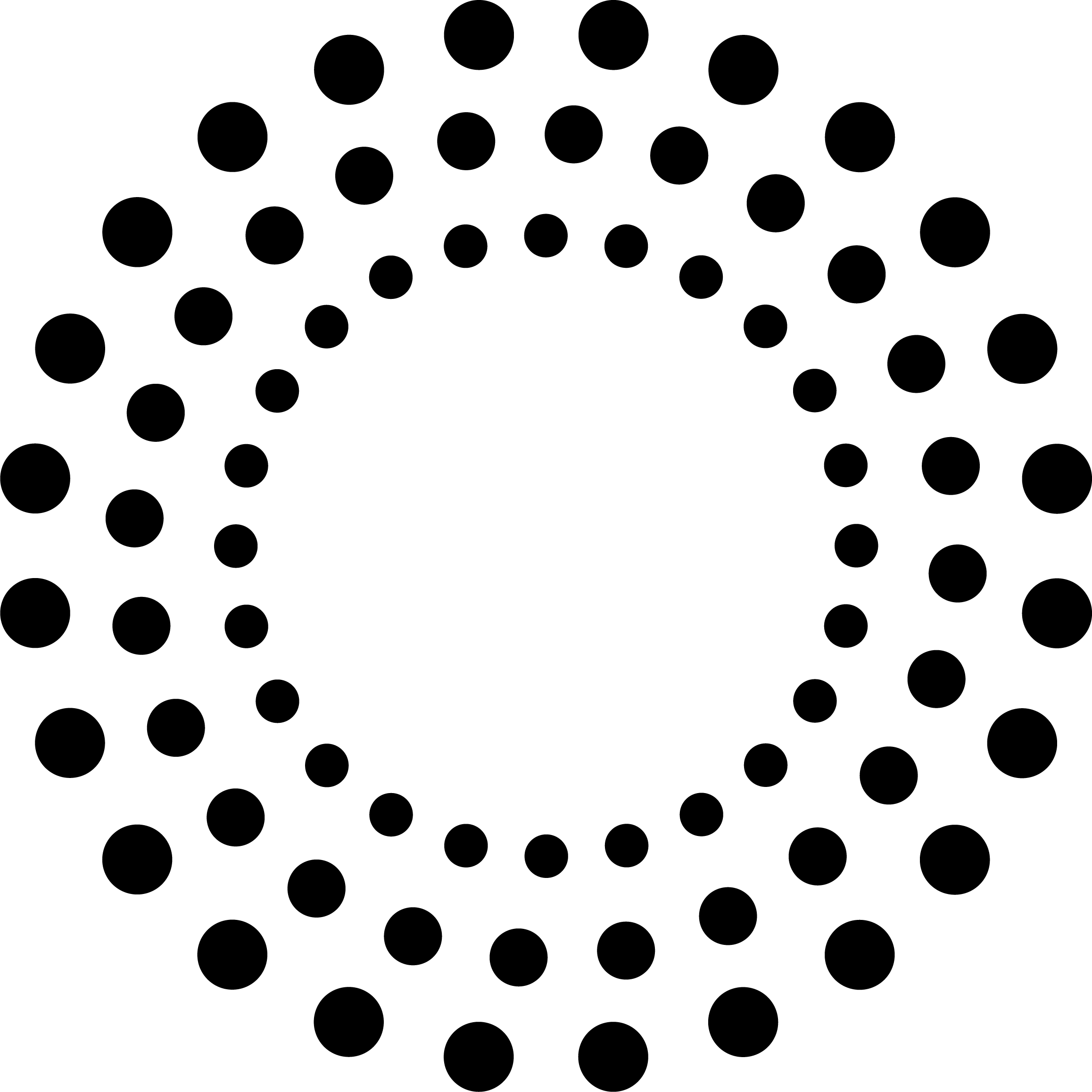

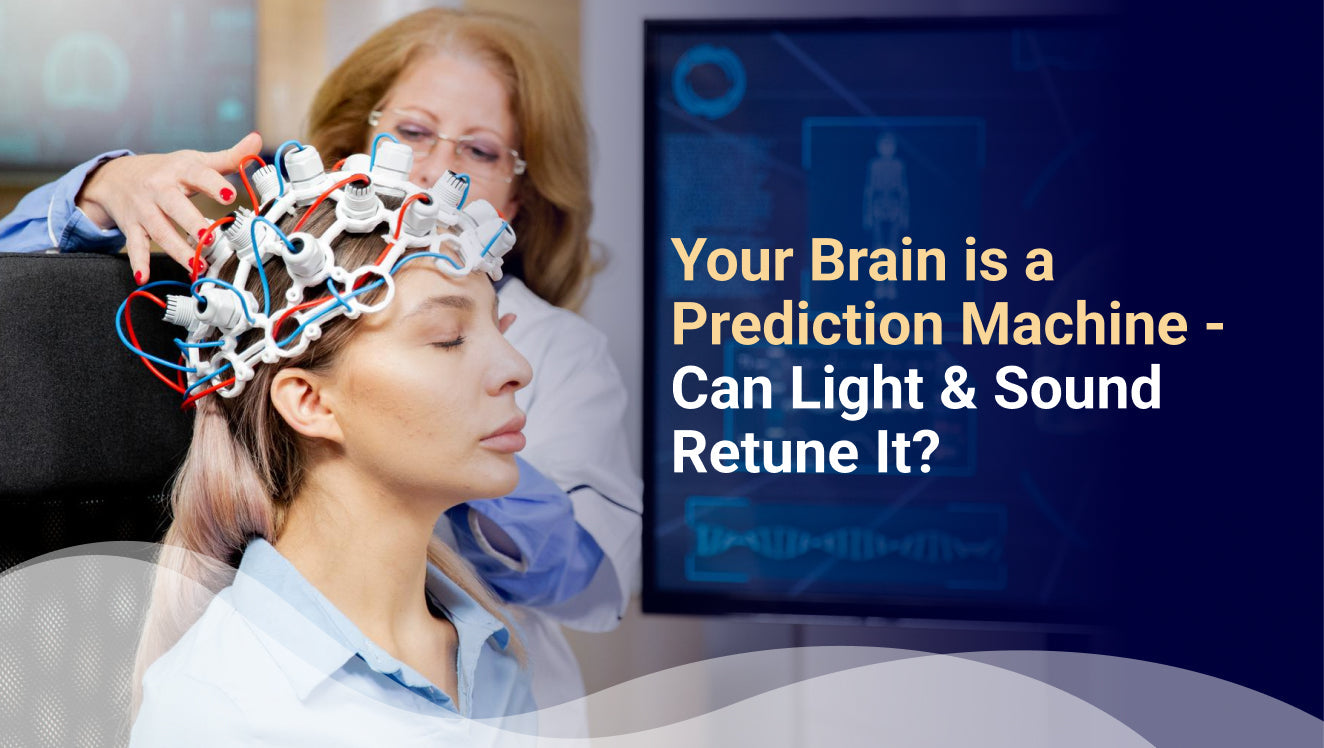

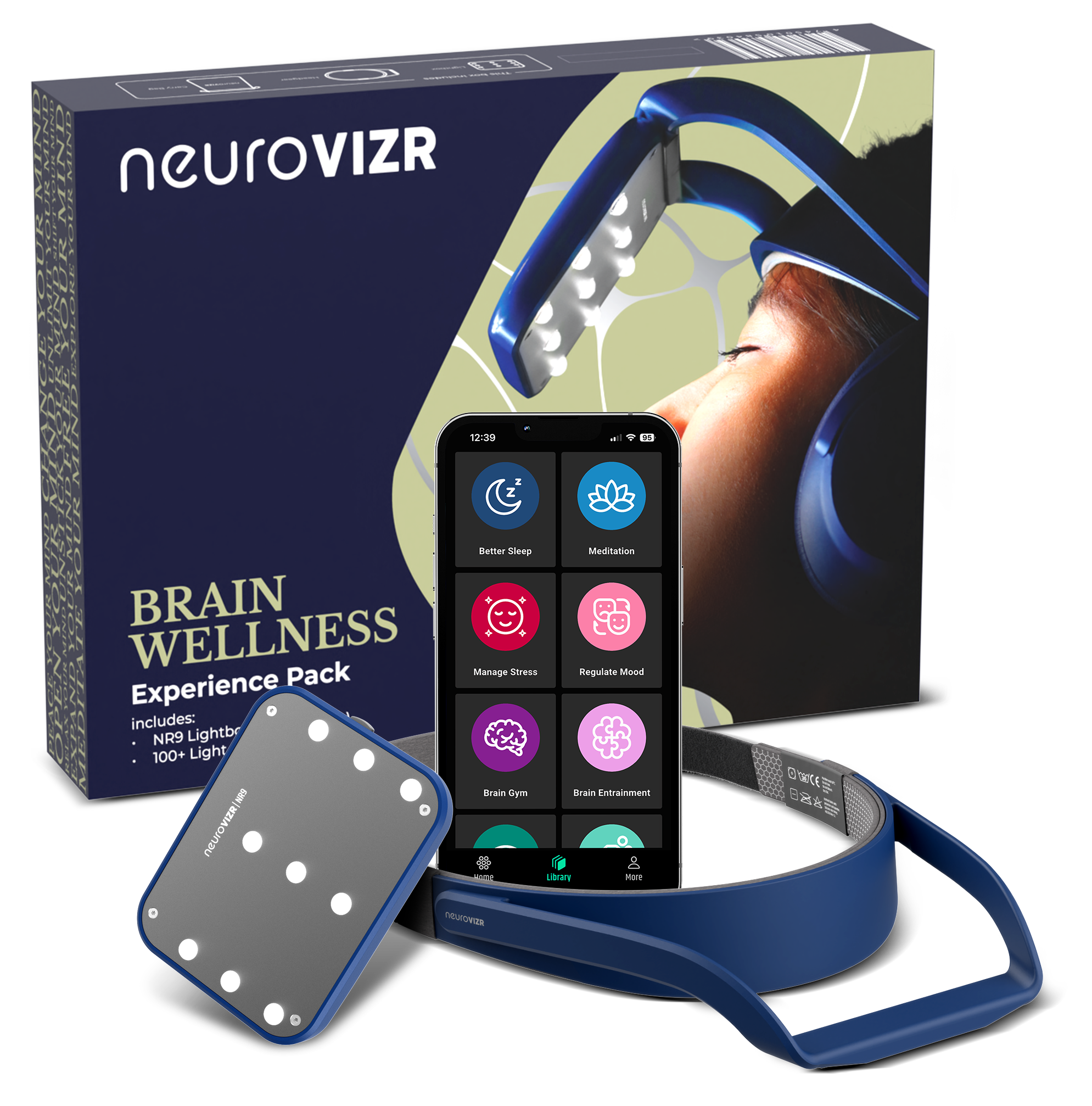

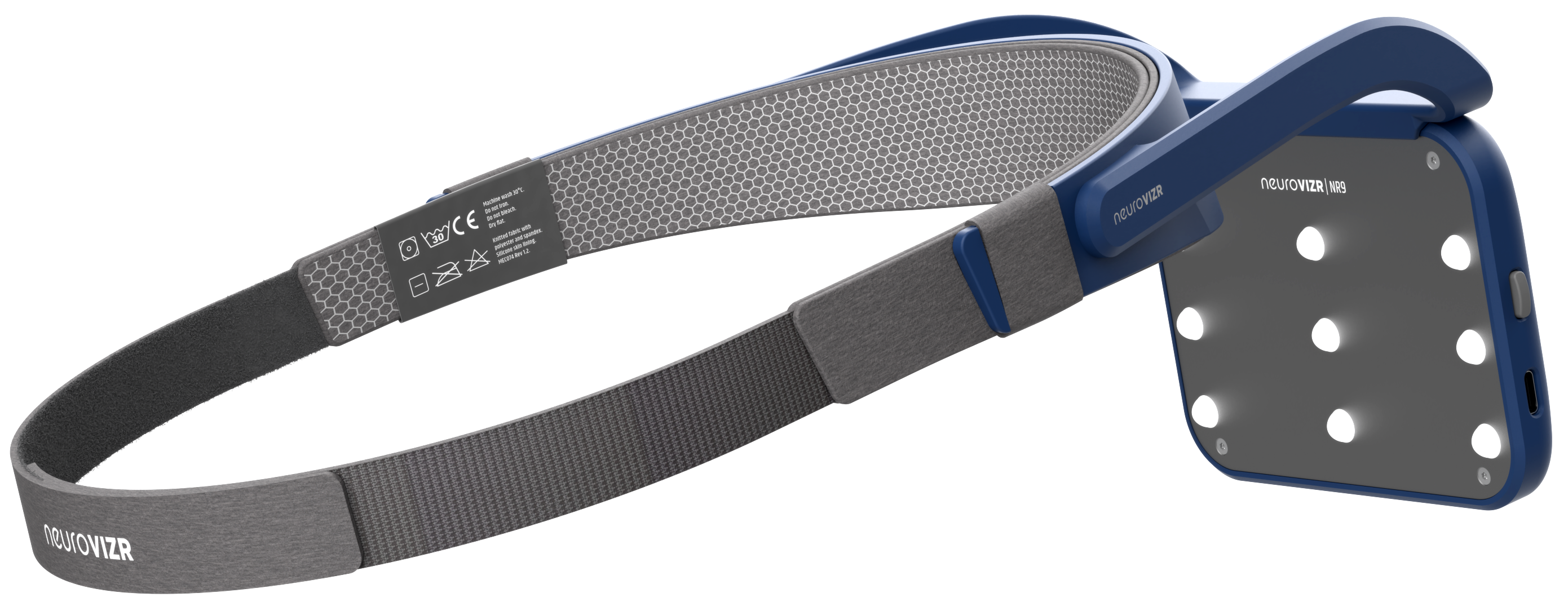
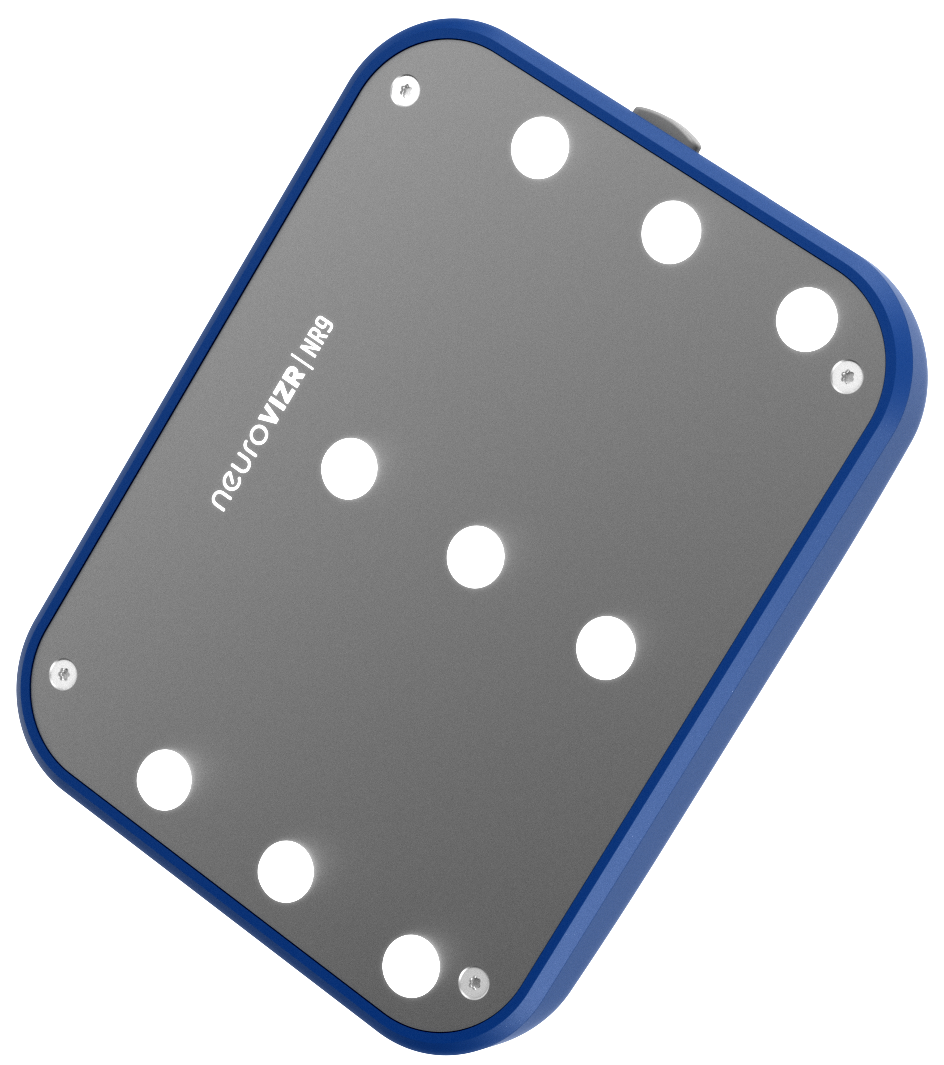
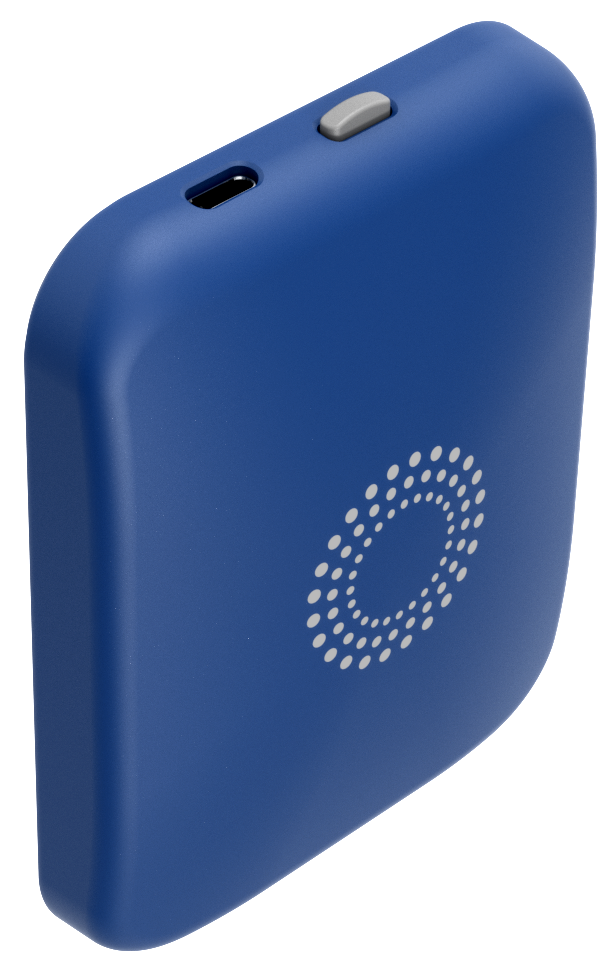
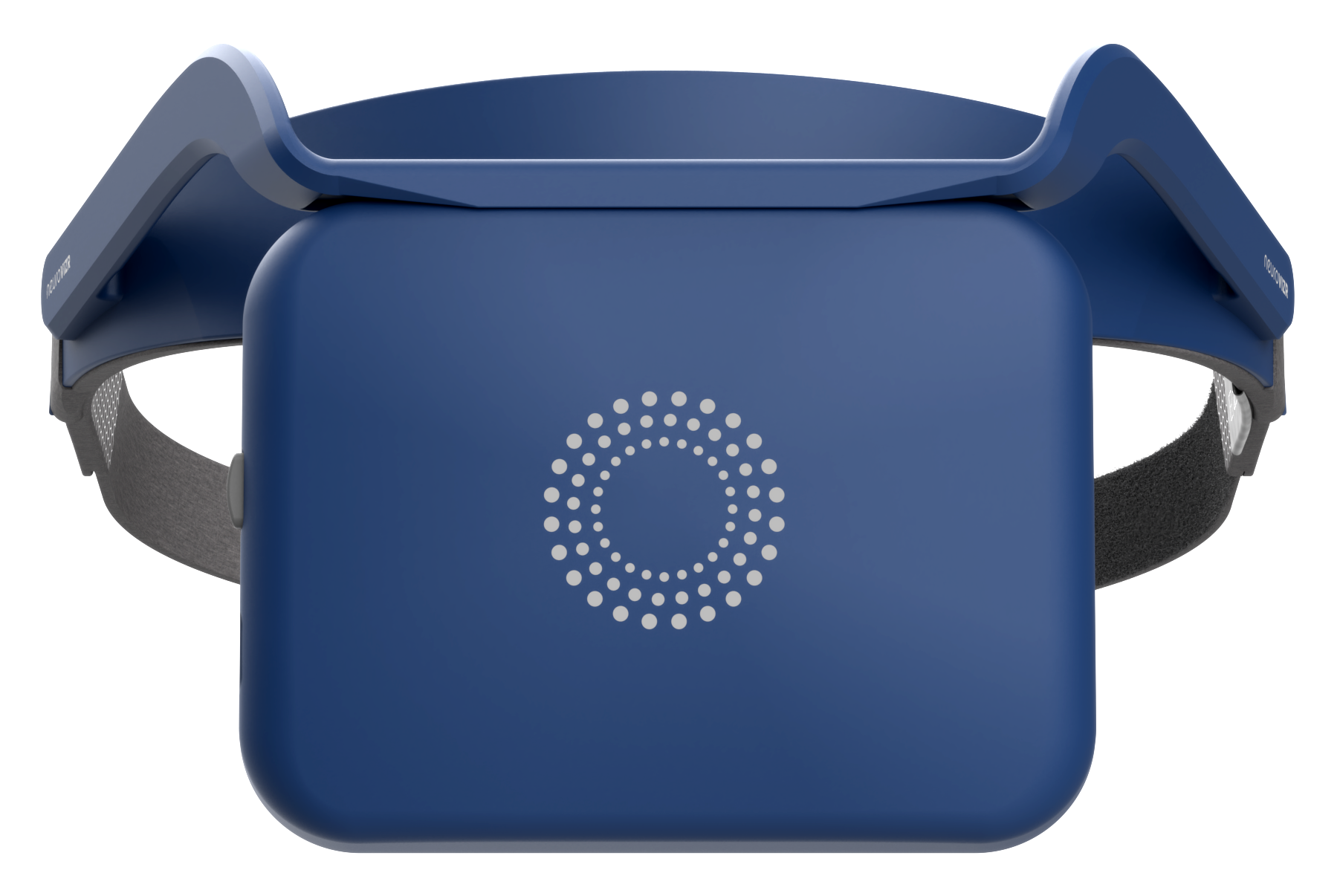
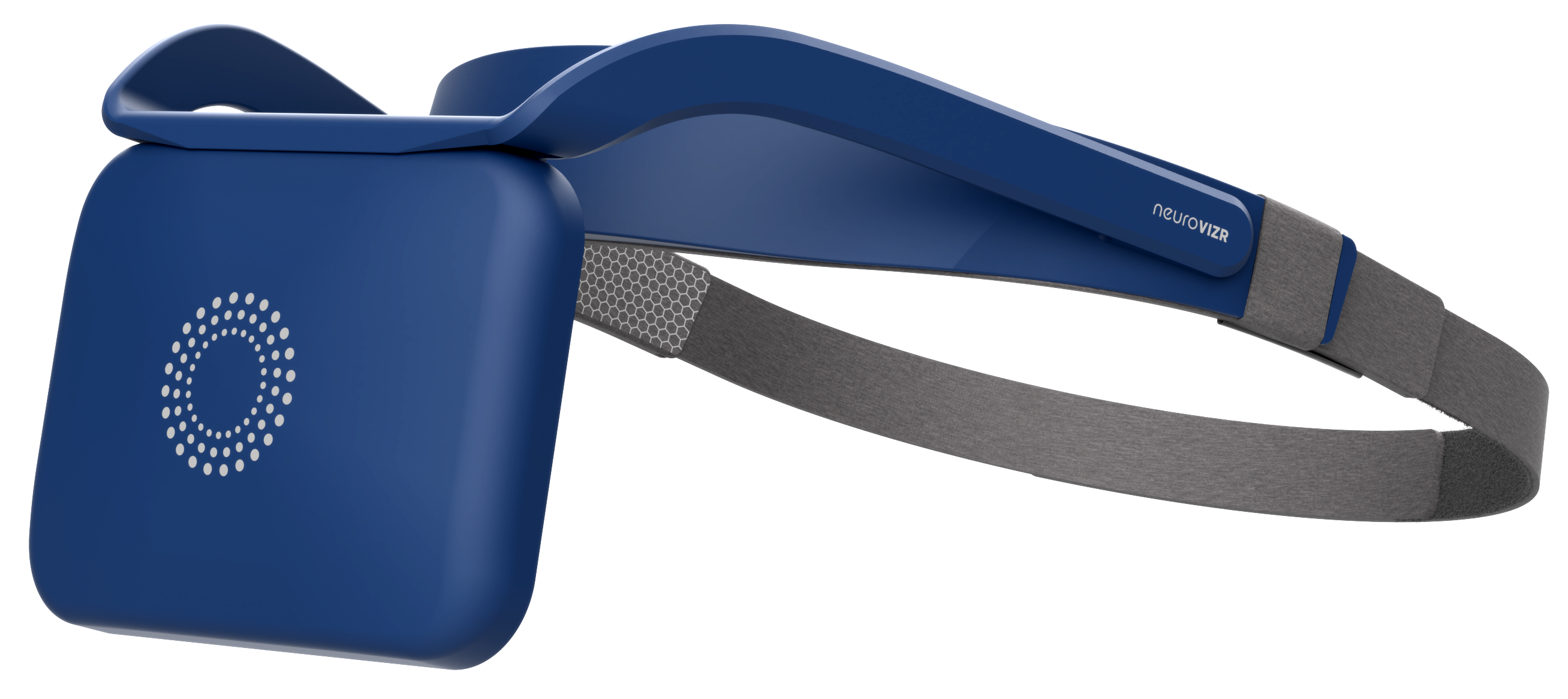
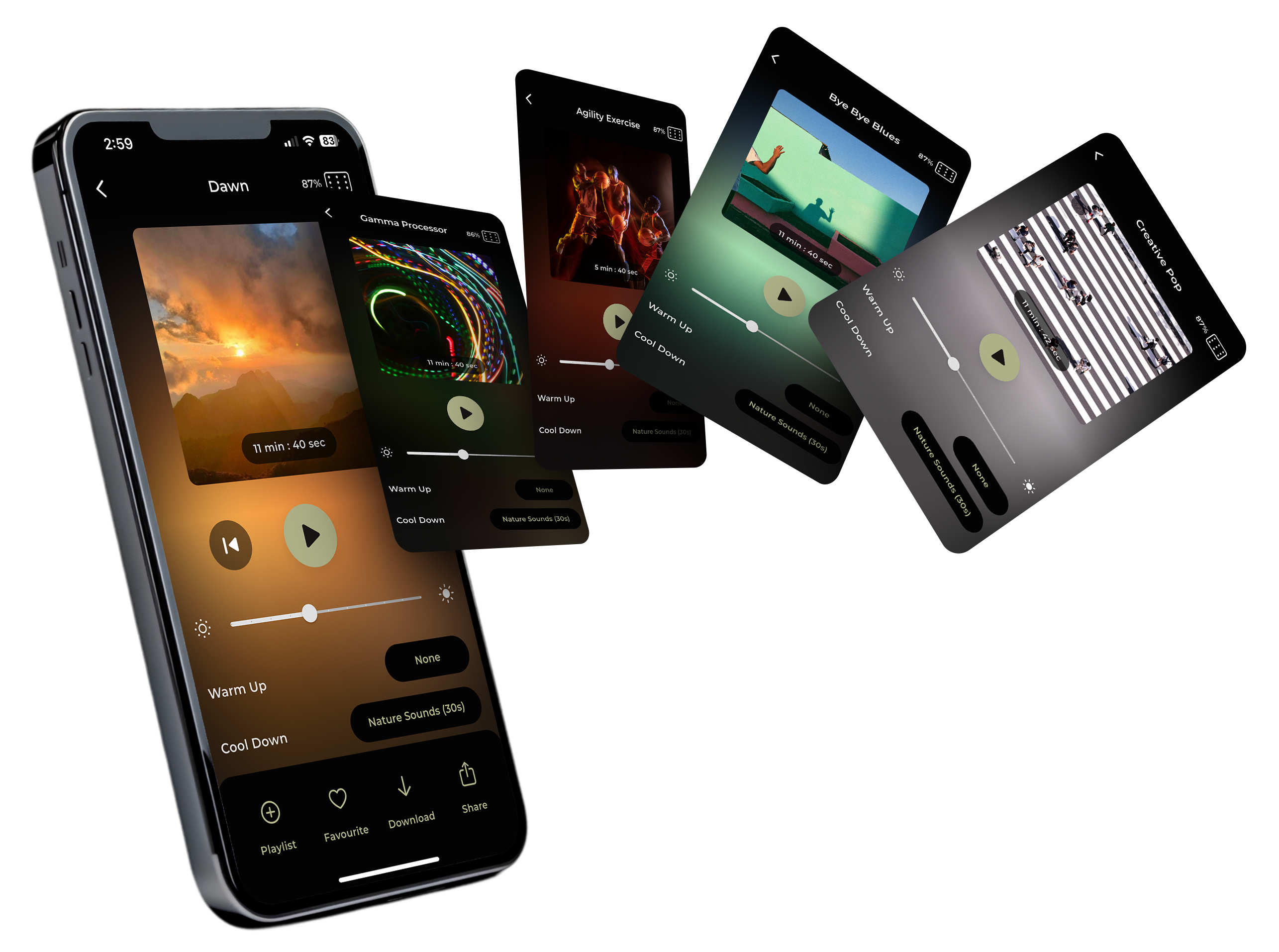
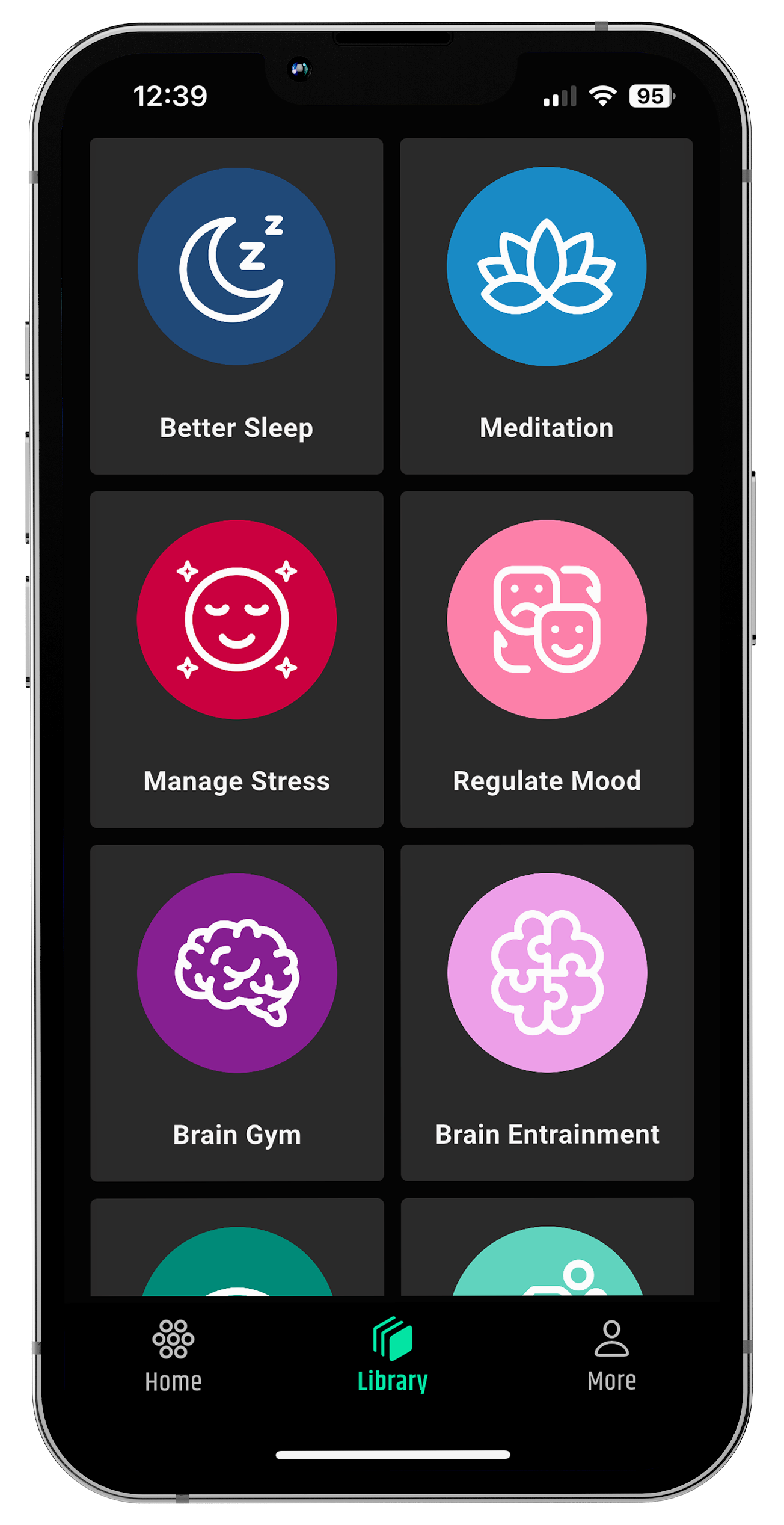

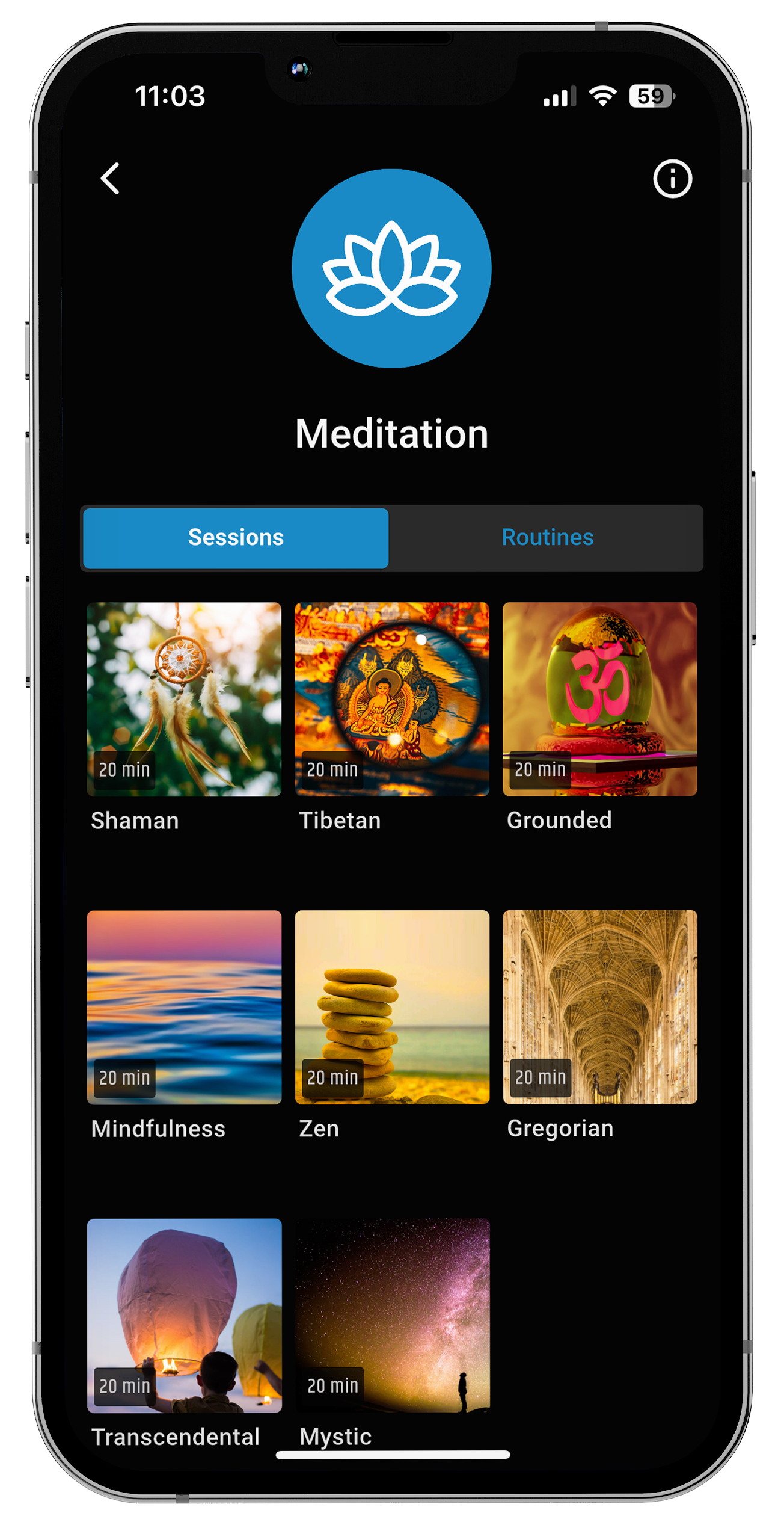
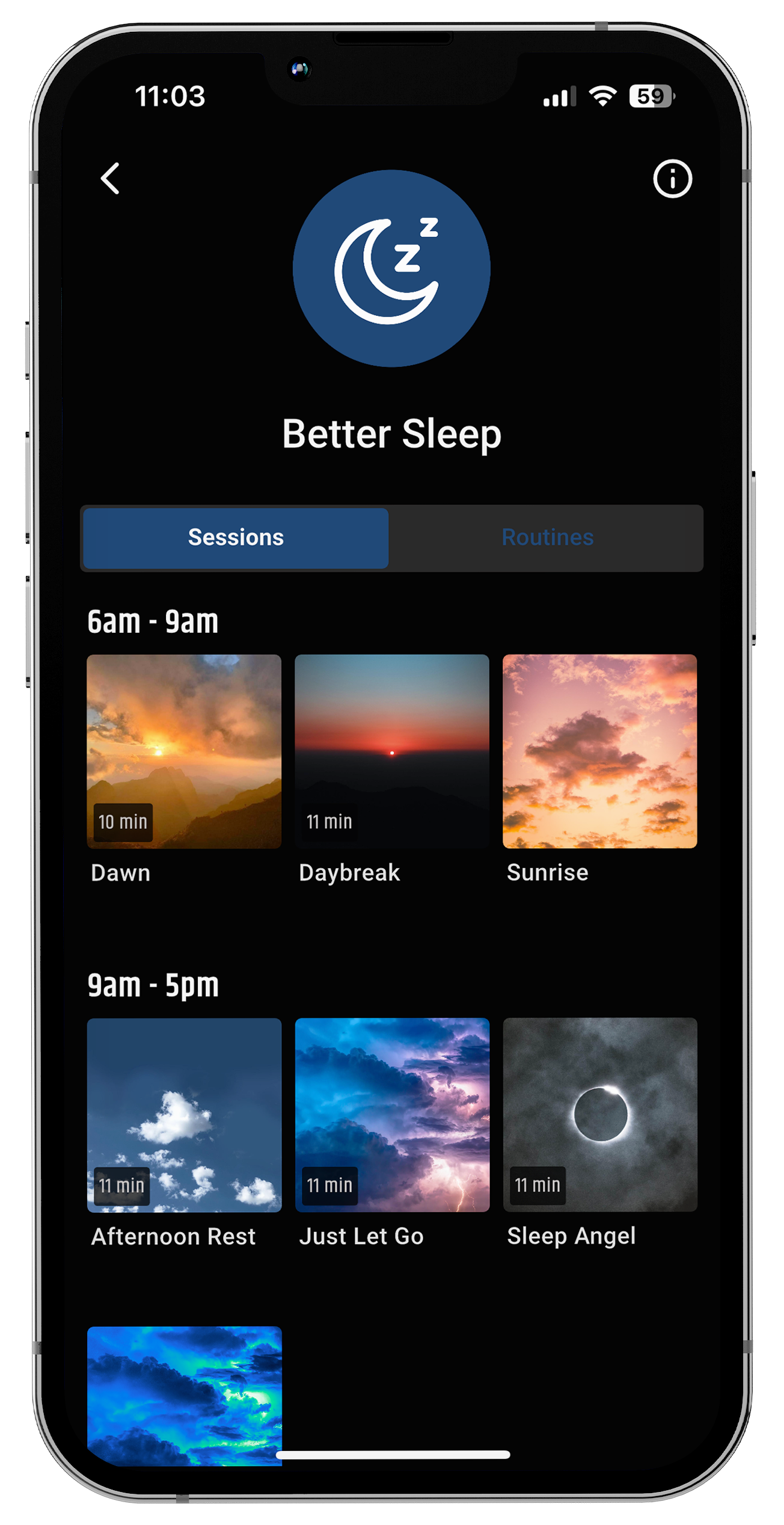

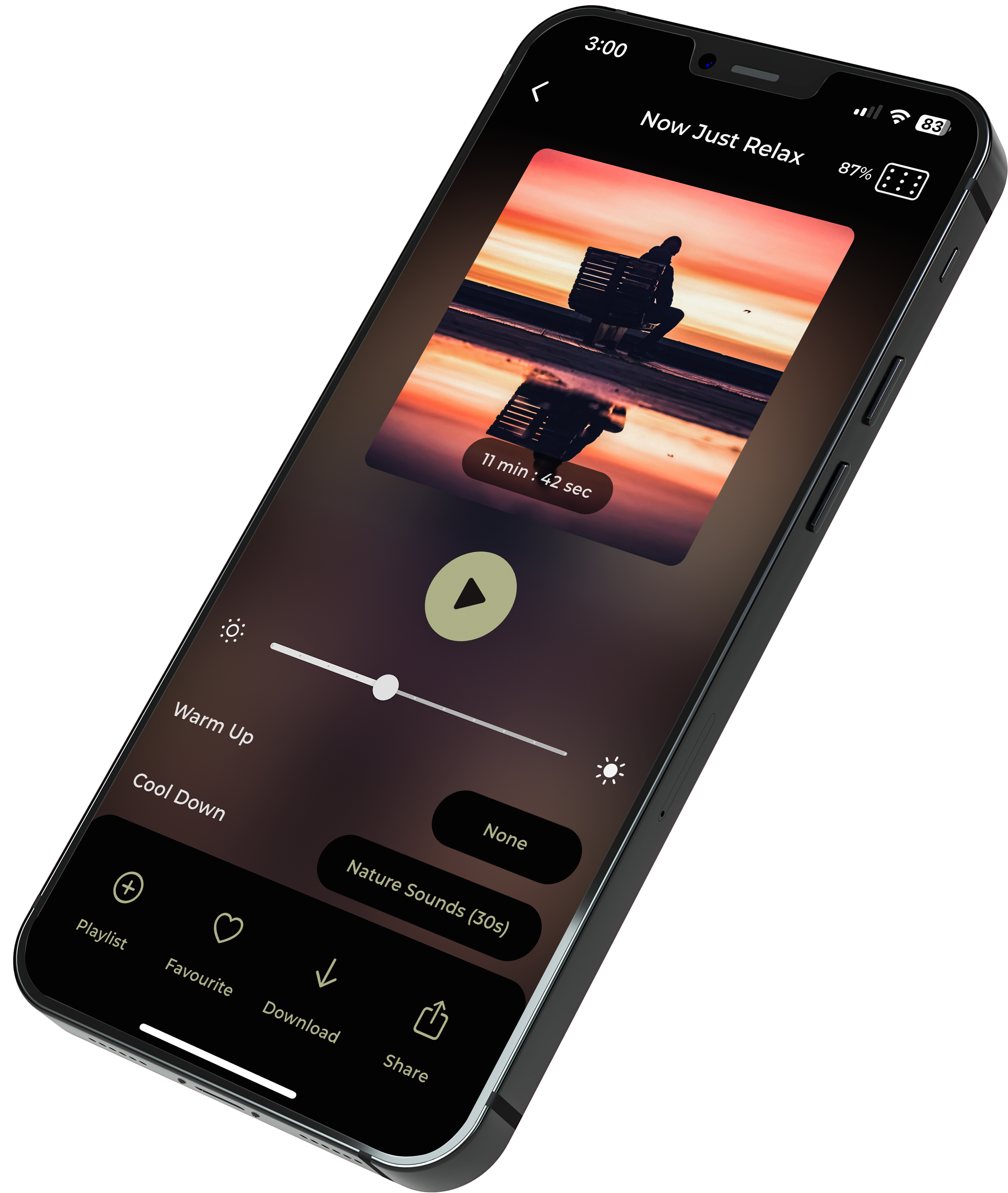


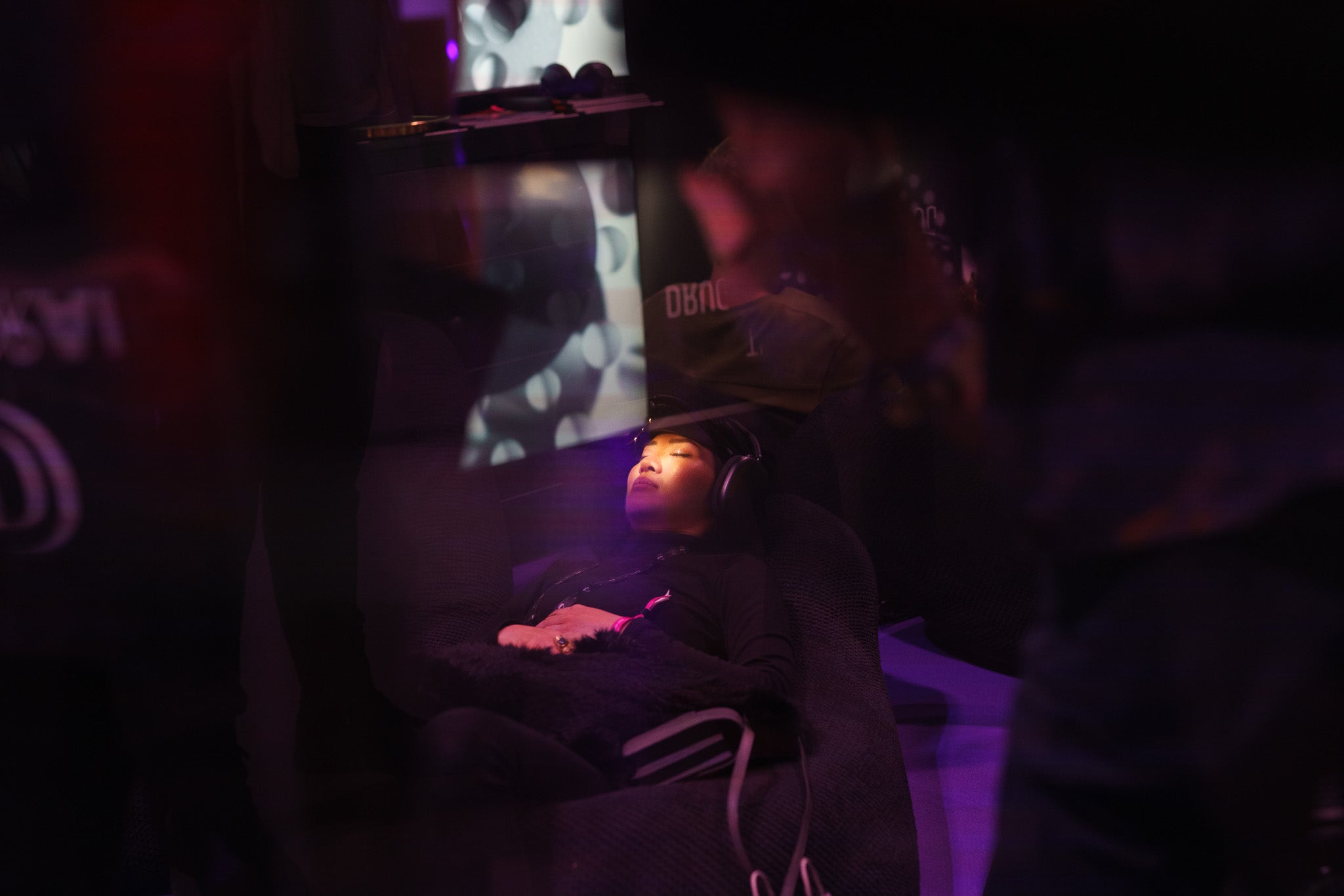




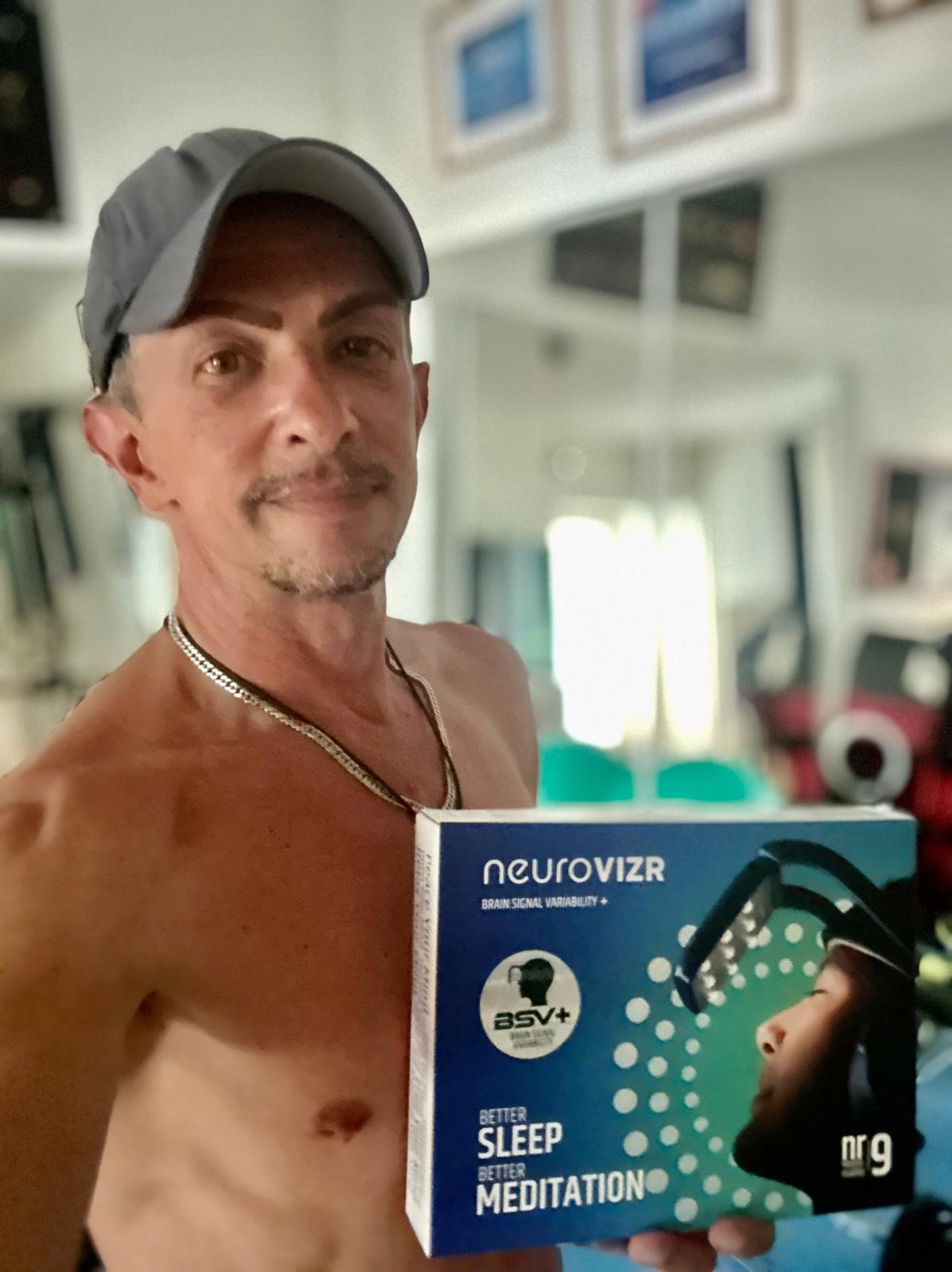
Partager:
40 Hz Gamma Stimulation: What’s Real, What’s Hype, What’s Next
From “Noise” to Fitness: Why a Resilient Brain Is a Variable Brain